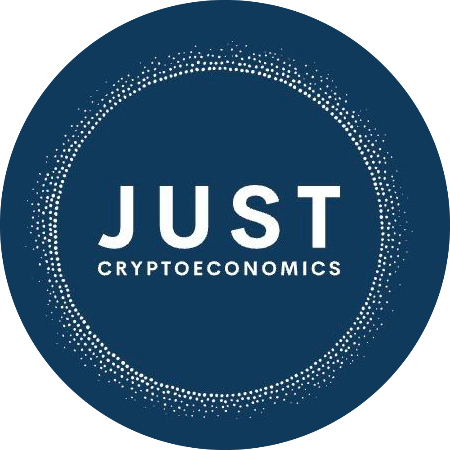Glossary
-
Metagovernance defines the rules for changing a system's governance rules and decision-making procedures.
-
In the context of blockchain and cryptoeconomics, a ‘network' is the set of computers, servers, and devices linked together to power a blockchain system, forming its foundational infrastructure layer. For instance, discussing the Ethereum network is relevant when discussing activity related to its nodes and validators.
-
A participant is an individual or entity that actively engages with a blockchain-based system. Participants can take on various roles, such as users, token holders, service providers, developers, or governance contributors. They are characterised by their active involvement in the system, whether through using its services, contributing resources, or participating in decision-making processes.
-
In the context of blockchain and cryptoeconomics, a project refers to an endeavour or initiative that uses blockchain technology or cryptoeconomic principles to reach its goals. It encompasses the vision, goals, and team efforts toward creating or improving a blockchain-based solution or system.
-
In the context of blockchain and cryptoeconomics, a ‘protocol’ is the set of rules and standards dictating interactions within a network, covering technical and economic processes like transaction handling and validation. For instance, discussing the Ethereum protocol includes aspects like the Ethereum Virtual Machine (EVM), smart contract rules, and the consensus mechanism.
-
A stakeholder is an individual or entity with a vested interest in the success and operation of a blockchain-based system. Stakeholders can include participants such as token holders, users, developers, and service providers, as well as external parties such as investors, partners, and regulators. They are distinguished by their direct or indirect stake in the system's performance, value, and long-term sustainability.
-
In the context of blockchain and cryptoeconomics, a ‘system’ encompasses the technical and economic elements—software, hardware, rules, and incentives—working together to meet specific goals. It's the interconnected setup that includes everything from consensus mechanisms and smart contracts to a token’s utility, making up the implementation. For example, describing Ethereum as a system highlights the intricate relationship of its components, giving a clear view of its complexity and cohesive functionality.
-
A token broadly refers to any economic instrument or digital asset issued on a blockchain. This term encompasses a wide range of blockchain-based assets. While the blockchain industry sometimes makes distinctions between terms like ‘token’, ‘cryptoasset’, ‘coin’, and ‘cryptocurrency’, our use of ‘token’ is intentionally inclusive. We prefer ‘token’ for its flexibility and widespread recognition, intending it to serve as a catch-all term that captures the full spectrum of blockchain-based digital assets.
-
A token's functionality encompasses the distinct roles that the token plays in delivering economic value, through both utilities and rights. Only those roles that directly influence how a token holder engages with and benefits from the system qualify as functionalities. We have defined seven distinct token functionalities. Token functionalities can be further defined as token utilities and token rights.
-
Token Rights define the benefits the holder is entitled to simply by owning or controlling the token.
-
Token Utilities define what a token can be actively used for by the holder and involve active engagement via the token.
-
A user is an individual or entity who interacts with a blockchain-based system or application, typically by accessing its features, services, or resources. Users may or may not hold the system's native tokens. They are often the demand-side participants in a cryptoeconomic system, benefitting from the system's utility without necessarily contributing to its operation or governance.
-
Value accrual describes how value is generated and subsequently distributed within a system. It involves value generation through a token's design and utilities providing additional value by coordinating and incentivising participation, as well as value capture - the token's ability to directly benefit from the system's economic activity.

